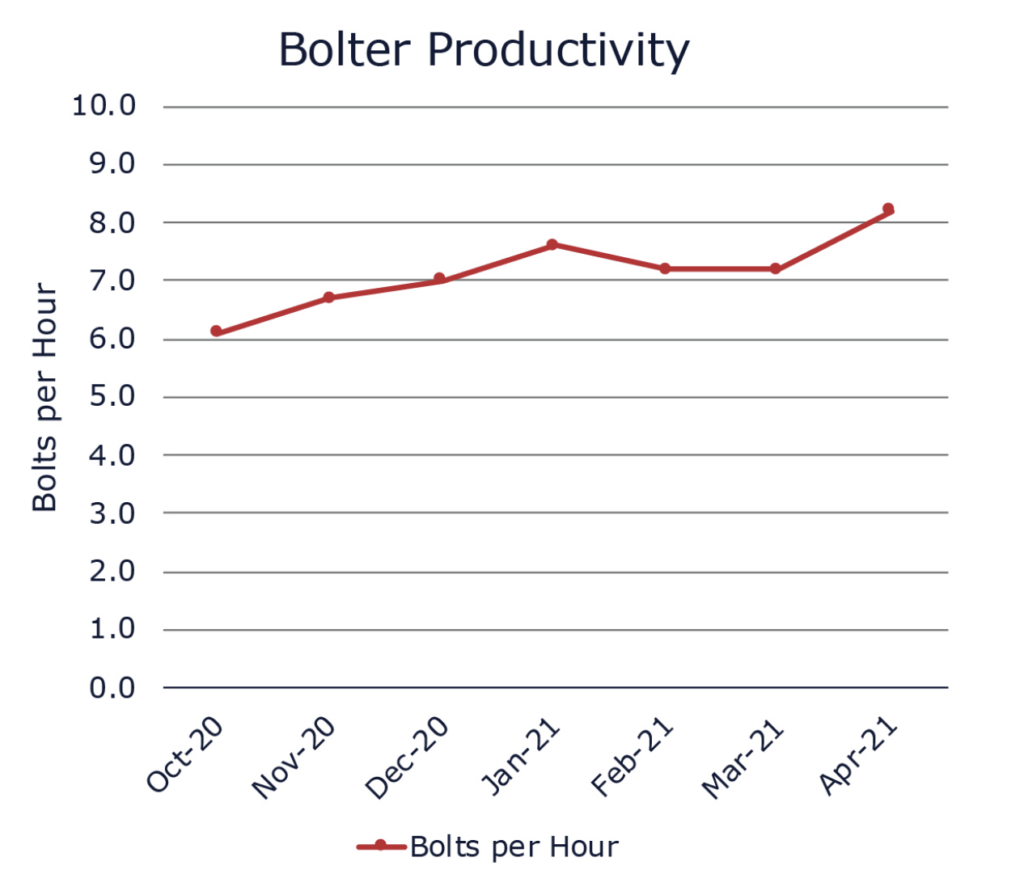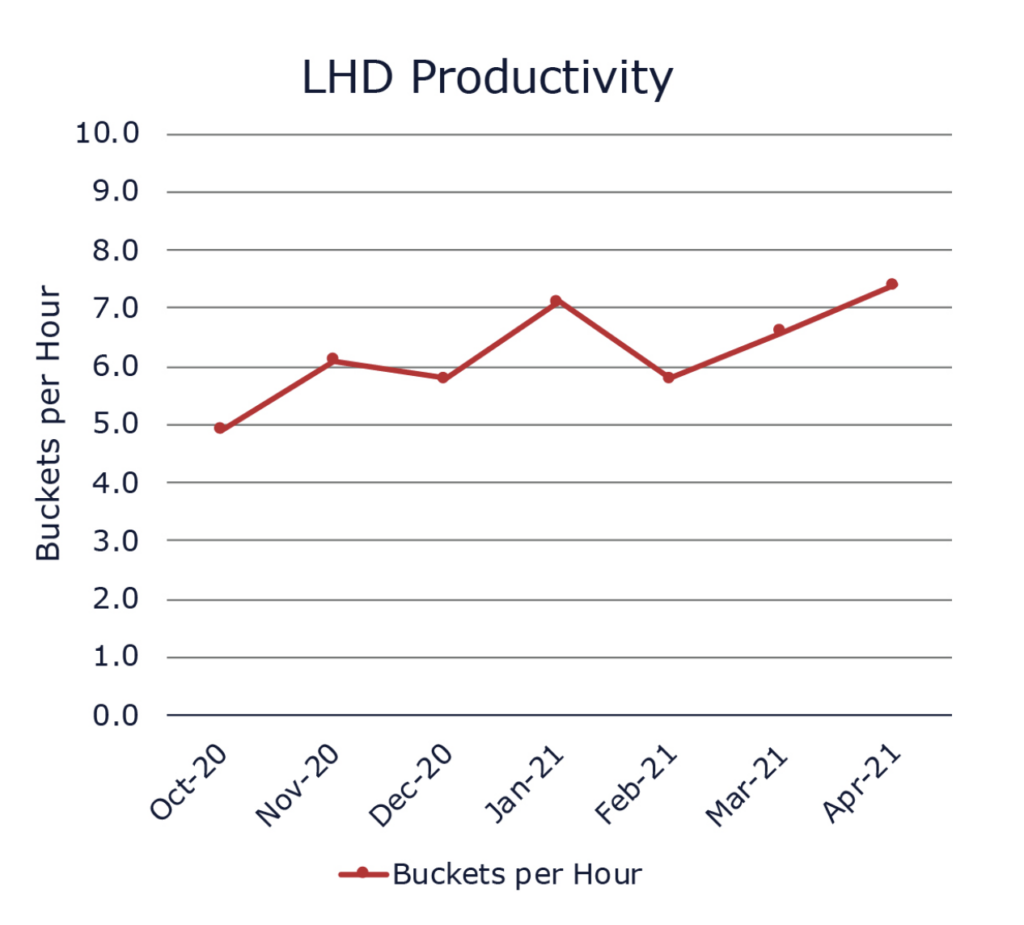Myra Falls Case Study
During an engagement at an Underground Base Metal Mine in Western Canada, it was found the operation had limited daily reporting on critical measures, which resulted in a lack of understanding of how the mine, crews, and individual operators were performing. The operation also had limited data collection capacity, which meant the operations team was unable to effectively make data-based decisions. This led to the team being unable to determine why mine development and production crews were consistently below target. As part of our engagement with the site we identified the following opportunities which led to improvements in in both Lateral Development and Ore Production:
- Data Collection
- Visual Management
- Crew & Operator Scorecards
- Daily Meeting & Lineup Processes
- Workplace Preparation
- Equipment Productivity early in the program
Data Collection
Outliers developed an improved Data Collection process for operators of all production-critical equipment, which included capturing activities with Time Usage Codes at 30-minute intervals.
The roll out and implementation of the new data collection process focused on training operators in providing quality data on their operator cards, to ensure a suitable dataset. The new Data Collection system provided the bases of the Visual Management Program, as well as Crew & Operator Scorecards.
Visual Management
Visual Management provides a clear shift-by-shift understanding of productivity versus targets across a variety of areas, both the traditional measurements of Tonnes Mined and Meters Advanced, as well as more detailed metrices such as LHD Buckets per Operating Hour.
Crew Operator Scorecards
Crew & Operator Scorecards were developed to highlight major delays in productivity so corrective actions can be taken. Scorecards identify high performing crews and operators, as well as people who require additional coaching and support. They are used as a tool to drive conversations between Mine Captains and Shift Bosses and Shift Bosses and Operators.
Daily Meeting & Lineup Process
The Shifters Wicket and Meeting Areas were restructured to create a workplace free of distraction with foot traffic isolated outside of the areas where meetings were taking place. Vending Machines for PPE were installed and non-value adding tasks, such as HR and Reporting functions were transitioned to other departments. This frees up time at the start and end of shift so Shift Bosses and Mine Captains can focus on optimizing the operation rather than administrative work.
Workplace Preparation
Creation of a straightforward and visible task list for all work required for Development and Stoping areas to be worked within the next month put a focus on activities required in order to meet the Operation’s productivity targets.
The list was posted in the daily meeting area and was updated at the end of day shift by the Mine Captain and Shift Boss prior to their afternoon meeting. This helped identify and review the work completed in each mining area and what was left outstanding, including:
- Pumping requirements
- Advanced Ground Support Installations
- Pastefill Preparation
- Electrical Installations
Equipment Productivity
As a result of having workplaces prepared in advance, over the course of the engagement overall equipment productivity showed a significant increase over a number of metrics, including an improvement of 26% in Bolts installed per Operating Hour and 34% in LHD buckets per Operating Hour from October 2020 to April 2021.
Results
Over the course of Outliers engagement, the average Monthly Mine Development by company employees increased by 32%. During this same period Ore to Surface increased from an average of by 15%.
Connect with an Outlier
Subscribe to our monthly newsletter!
All Rights Reserved


